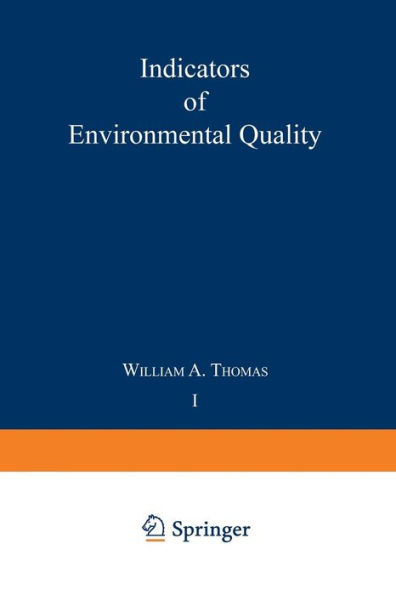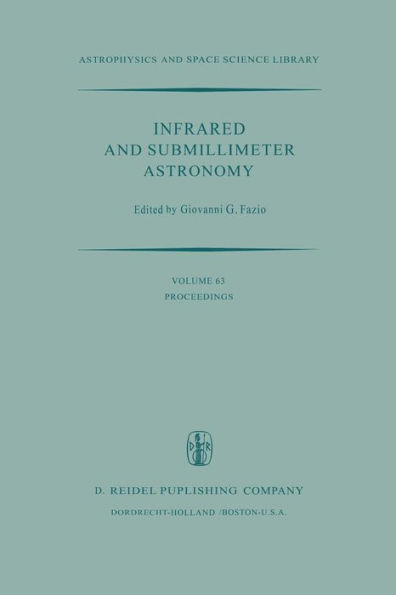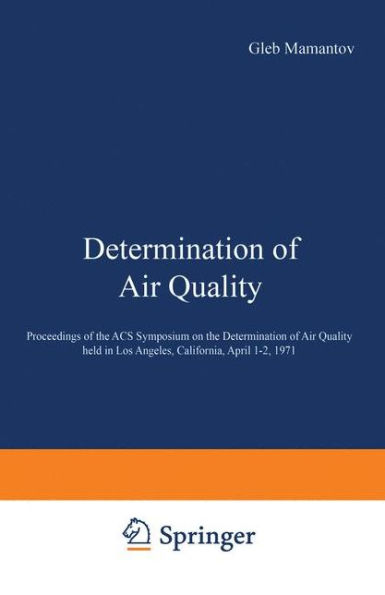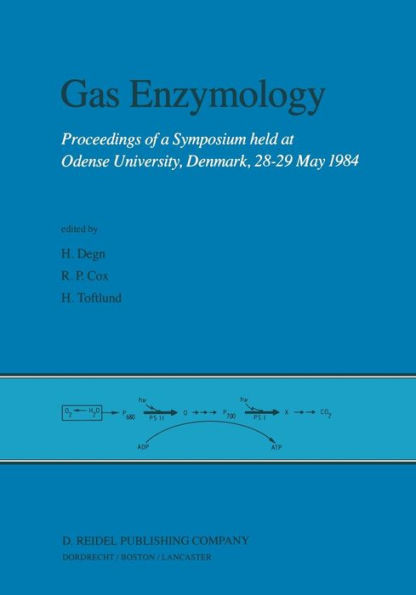Home
Indicators of Environmental Quality: Proceedings of a symposium held during the AAAS meeting in Philadelphia, Pennsylvania, December 26-31, 1971
Barnes and Noble
Loading Inventory...
Indicators of Environmental Quality: Proceedings of a symposium held during the AAAS meeting in Philadelphia, Pennsylvania, December 26-31, 1971 in Franklin, TN
Current price: $54.99

Barnes and Noble
Indicators of Environmental Quality: Proceedings of a symposium held during the AAAS meeting in Philadelphia, Pennsylvania, December 26-31, 1971 in Franklin, TN
Current price: $54.99
Loading Inventory...
Size: OS
Researchers and agencies collect reams of objective data and authors publish volumes of subjective prose in attempts to explain what is meant by environmental quality. Still, we have no universally recognized methods for combining our quantitative measures with our qualitative concepts of environment. Not all of our environmental goals should be reduced to mere numbers, but many of them can be; and without these quantitative terms, we have no way of defining our present position nor of selecting positions we wish to attain on any logically established scale of environmental values. Stated simply, in our zeal to measure our environment we often forget that masses of numbers describing a system are insufficient to understand it or to be used in selecting goals and priorities for expending our economic and human resources. Attempts at quantitatively describing environmental quality, rather than merely measuring different environmental variables, are relatively recent. This condensing of data into the optimum number of terms with maximum information content is a truly interdisciplinary challenge. When Oak Ridge National Laboratory initiated its Environmental Program in early 1970 under a grant from the National Science Foundation, the usefulness of environmental indicators in assessing the effects of technology was included as one of the initial areas for investigation. James L. Liverman, through his encouragement and firm belief that these indicators are indispensable if we are to resolve our complex environmental problems, deserves much of the credit for the publication of this book.
Researchers and agencies collect reams of objective data and authors publish volumes of subjective prose in attempts to explain what is meant by environmental quality. Still, we have no universally recognized methods for combining our quantitative measures with our qualitative concepts of environment. Not all of our environmental goals should be reduced to mere numbers, but many of them can be; and without these quantitative terms, we have no way of defining our present position nor of selecting positions we wish to attain on any logically established scale of environmental values. Stated simply, in our zeal to measure our environment we often forget that masses of numbers describing a system are insufficient to understand it or to be used in selecting goals and priorities for expending our economic and human resources. Attempts at quantitatively describing environmental quality, rather than merely measuring different environmental variables, are relatively recent. This condensing of data into the optimum number of terms with maximum information content is a truly interdisciplinary challenge. When Oak Ridge National Laboratory initiated its Environmental Program in early 1970 under a grant from the National Science Foundation, the usefulness of environmental indicators in assessing the effects of technology was included as one of the initial areas for investigation. James L. Liverman, through his encouragement and firm belief that these indicators are indispensable if we are to resolve our complex environmental problems, deserves much of the credit for the publication of this book.

















